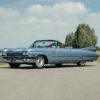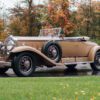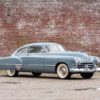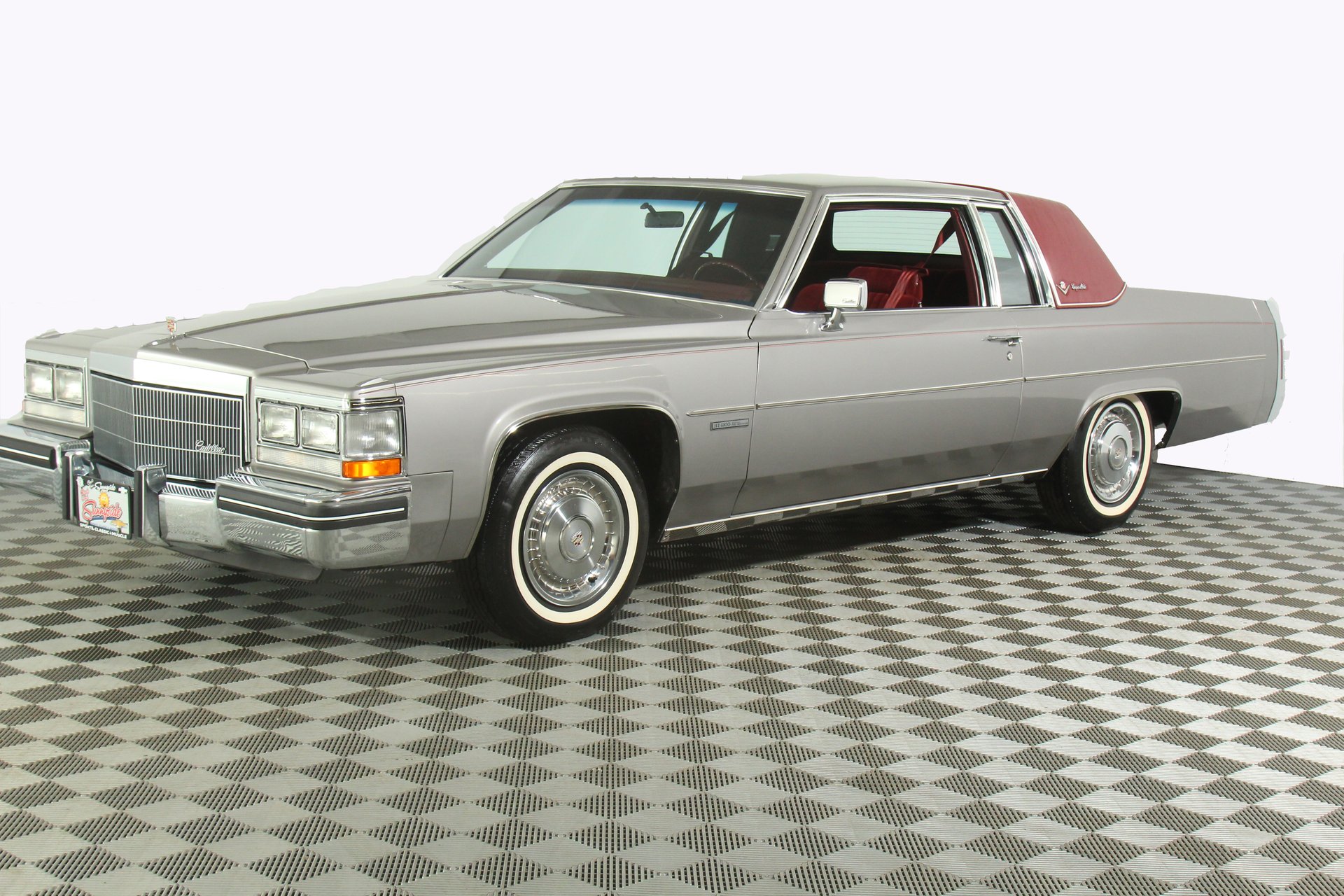Cadillac Moels & History 1983
Cadillac for 1983 heralded a new line of electronic fuel-injected engines, eliminating the carburetor. The EFI lineup even included the 2.0-liter four that powered Cimarrons. Once again, the HT-4100 V-8 was Cadillac’s standard engine (except on Cimarrons and limousines), now with 10 more horsepower. Automatic four-speed overdrive transmission was standard as well. The 5.7-liter diesel was available again. A new Freedom II battery gave better cold-cranking performance. The curious but undependable variable-displacement V8-6-4 engine was consigned only to limousine applications. Added to the Eldorado and Seville option lists was a Delco-GM/Bose Symphony Sound System with four amplifiers and speakers in separate enclosures, billed as the “industry’s most advanced stereo.” Sound was automatically balanced for all passengers, reflecting off the windows and interior. Acoustics were based on window location and shape, upholstery, carpeting, and position of driver and passengers. The system included an AM/FM stereo radio and integral cassette player with Dolby tape noise reduction and full-time loudness control. Tested with an “acoustically-sensitive” robot, the system was also offered on Buick Riviera and Olds Toronado.
| I. D. DATA |
|---|
All Cadillacs again had a 17-symbol Vehicle Identification Number (VIN), stamped on a metal tag attached to the upper left surface of the cowl, visible through the windshield. Coding was similar to 1981-82. Model year code changed to ‘D’ for 1983. Engine coding was as follows: ‘P’ L4-121 TBI; ‘8’ V8-249 DFI; ‘9’ V8-6-4 368 DFI: ‘N’ V8-350 diesel: ‘6’ V8-368 4-bbl. See 1981-82 for further details.
| HISTORICAL |
|---|
- Introduced: September 23, 1982.
- Model year production: 292,714, which came to 5.1 percent of the industry total.
- That total included 5,223 diesels.
- Calendar year production: 309,811.
- Calendar year sales by U.S. dealers: 300,337.
- Model year sales by U.S. dealers: 290,138 for a 4.5 percent market share.
- Sales rose by over 22 percent for the 1983 model year, suggesting that Cadillac’s appeal to luxury-minded buyers hadn’t waned.
- Before taking over the Chevrolet division, Cadillac general manager Robert D. Burger told reporters that the company was “confident about the future of the luxury car business” since research by 1982 suggested a “long-term fundamental shift toward luxury cars that hold their value.”
- On the other hand, research also showed that Cadillac buyers were considerably older (median age about 60) than car buyers in general — a fact that could become a problem in future years.
- The popularity of the HT-4100 4.1 liter V-8 brought speculation that a transverse-mounted version would be planned for the 1984 Eldorado.
- That car’s engine compartment would have to be widened, however, to accommodate the V-8.
- So the switch occurred only when Eldorado got a new body for 1986.
- Rear-drive Cadillacs were the longest cars on the market, measuring 121 inches in wheelbase.
- Buyers still liked them, so they expected to remain in the lineup for a while longer.







